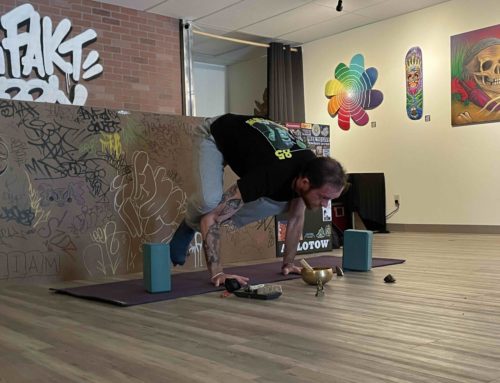FITCHBURG — I mulled over ways to rekindle my social life and decided on bowling because it’s easily accessible and no one really cares if you’re bad at it.
That’s at least what I thought until I was faced with “The Scramblers,” the team on Putnam Street Lanes’ Friday night bowling league I joined about a month ago with my father. Not only are my teammates decades my senior, but they’re also very talented bowlers who cross their arms in disgust every time I throw a gutter ball, or score a 45 for a game.
There are a few anomalously young men in the league, but it quickly became apparent to me that they didn’t join to strike up conversations in the context of a wholesome recreational activity. Rather, akin to their older counterparts, they’re serious bowlers who enjoy a very tense game in a high-pressure environment.
“The leagues are basically the whole business. At one time there used to be a lot of open bowling, but now it seems like it is mostly leagues that people focus on,” said Gary Therrien, the owner of Putnam Street Lanes. Later adding, “They [league bowlers] take it more seriously. They want to do something where they can get into competition and be awarded for winning.”
Bowling peaked in the mid-1960s when 12,000 new alleys popped up throughout the nation, the business then steadily declined over the years. For instance, from 1998-2013, the number of bowling alleys in the country decreased about 26% from 3,976 from 5,400; that’s according to a 2011 study cited by USA Today in a 2015 article titled “Is bowling in its final frames or will it roll on?”
In addition, the bowling business has entered a different realm in postindustrial society. Once considered a working-class sport, bowling alleys were deemed the “poor man’s country club” in a 1958 report by The American Society of Planning Officials, an organization of municipal planners cited by USA Today in the aforementioned article.
Over the years, bowling alleys have made accommodations to white collar customers as those in office jobs began to far exceed tradesmen in blue collar professions. This resulted in bowling alleys becoming more upscale and trendy over the years.
Therrien agrees with this sentiment, he hopped onto what he calls the “cosmic bowling” bandwagon of the early 2000s, adding blacklight responsive décor to virtually every surface in Putnam Street Lanes, including images of candlepins that adorn the alley walls and neon-colored rugs replete with galaxies, both of which remain today.
“Cosmic bowling is you do different things to your center, you put chemicals into the floor to make it a light blue, you put black lights in so that anything and the rug is cosmic,” explained Therrien. “That was a big thing to do at the time. Everybody was doing it; it was a trend.”
Another trend in bowling in recent decades has been a nationwide decrease in bowling league participation coupled with a subsequent increase in open league bowling. In Harvard Professor Robert Putnam’s now famous 1995 paper, “Bowling Alone: America’s Declining Social Capital,” he argues that declines in bowling league participation reflect widespread social disengagement throughout the country. This social disengagement, he suggests, results from controversies beginning in the 1960s – which decreased civic engagement and the association membership in America that Alexis de Tocqueville once marveled at.
“The most whimsical yet discomfiting bit of evidence of social disengagement in contemporary America that I have discovered is this: more Americans are bowling today than ever before, but bowling in organized leagues has plummeted in the last decade or so. Between 1980 and 1993 the total number of bowlers in America increased by 10 percent, while league bowling decreased by 40 percent,” wrote Putnam.
It’s up for debate whether decreasing league membership is a metaphor for the disintegration of American Democracy; but what remains true is that while the sport is in flux, it still has a place as one of America’s great past times, whether you take it seriously, or like me, engage in it to bring yourself closer to the community.

Staff Photo by Genevieve DiNatale Putnam Street Lanes in Fitchburg has a cosmic asthetic which was part of a trend in the business in 2005







Leave A Comment